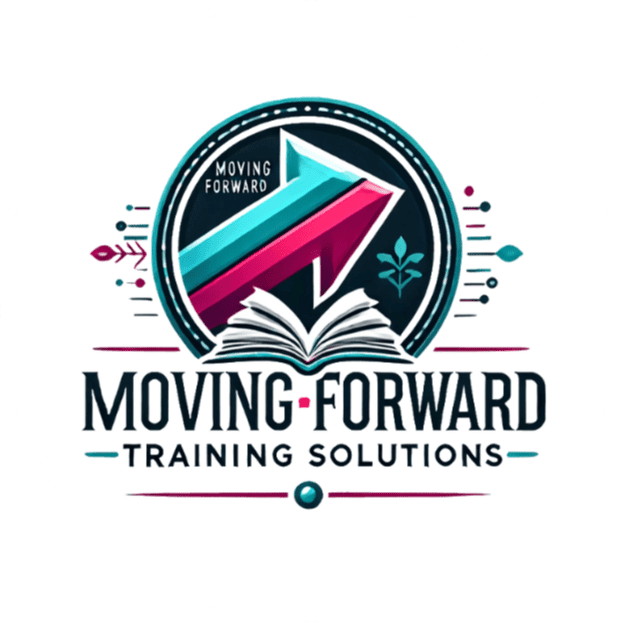
Building Systems That Scale: Turning Vision into Structure

Edition 2
Introduction
Every great idea needs a structure to stand on. For small training organizations and education-focused businesses, the challenge isn’t having vision — it’s creating the systems that make that vision sustainable. At Moving Forward Training Solutions (MFTS), we believe systems are not about rigidity but about clarity, freedom, and scalability.
Research by McKinsey & Company (2025) found that organizations with clearly defined workflows and accountability systems outperform competitors by 30% in productivity and 23% faster onboarding times. Structure fuels success — and without it, even the most passionate mission stalls.
1. Why Systems Matter
Systems are the repeatable patterns that make excellence consistent. They reduce friction, cut duplication, and allow teams to focus on meaningful work rather than firefighting.
In small or growing organizations, the absence of systems shows up as:
- Missed deadlines or duplicated work
- Confusion about responsibilities
- Inconsistent client or learner experiences
When those issues are solved through a process or framework, you gain what Peter Drucker called “discipline of execution” — the ability to consistently deliver on what matters.
“Good systems turn chaos into calm. They allow creativity to flourish because everyone knows where things belong.” — Pearl Loftlin, Founder, MFTS
2. From Vision to System
To move from an idea to an operational system, start with mapping. Ask three key questions:
- What is the goal of this process?
- What inputs or tools are required?
- What outputs should consistently result?
For example, onboarding a new client might involve:
- Welcome packet + intake form (Inputs)
- Kick-off meeting checklist (Process)
- 30/60/90-day review (Output)
Each step can then be documented in a simple Standard Operating Procedure (SOP) or shared dashboard. Systems should live in shared spaces — not in one person’s memory.
3. Tools for Scalability
Digital systems don’t need to be expensive or complex.
- ClickUp / Asana: Centralized task tracking.
- Google Workspace: Cloud-based templates for repeatable communication.
- Canva: Visual consistency across marketing, training, and internal documents.
- SurveyMonkey / Typeform: Feedback loops for continuous improvement.
A 2024 HubSpot Trends Report showed that teams using integrated productivity platforms save an average of 6.7 hours per week — time that can be reinvested in innovation and professional learning.
4. Humanizing Systems
Systems only succeed when people believe in them. That’s why MFTS trains leaders to approach systems with empathy — designing processes for people, not around them. Simple habits make systems stick:
- Involve team members in building workflows.
- Use plain language.
- Review processes quarterly.
- Celebrate system wins (efficiency, collaboration, reduced stress).
“Structure builds freedom — every process tells a story about what you value.” — Pearl Loftlin
5. The MFTS Approach
At MFTS, we use a three-step Systems Framework:
- Document It: Write it once, use it often.
- Automate It: Remove manual steps where possible.
- Evaluate It: Review what’s working every 90 days.
This approach ensures that every system supports your business goals, strengthens communication, and frees up time for what matters most — developing people.
Conclusion
Your systems are the silent partners in your success. Start small, stay consistent, and remember: simplicity scales faster than perfection.
Action Step: Download our free SOP Creation Checklist at movingforwardtrainingsolutions.com/tools and start documenting one process today.
Let’s Build Systems. Grow People. Develop Change Agents.
We’d love to connect! Whether you’re enhancing your team’s training or exploring partnership opportunities, MFTS is here to help you move forward with purpose.
